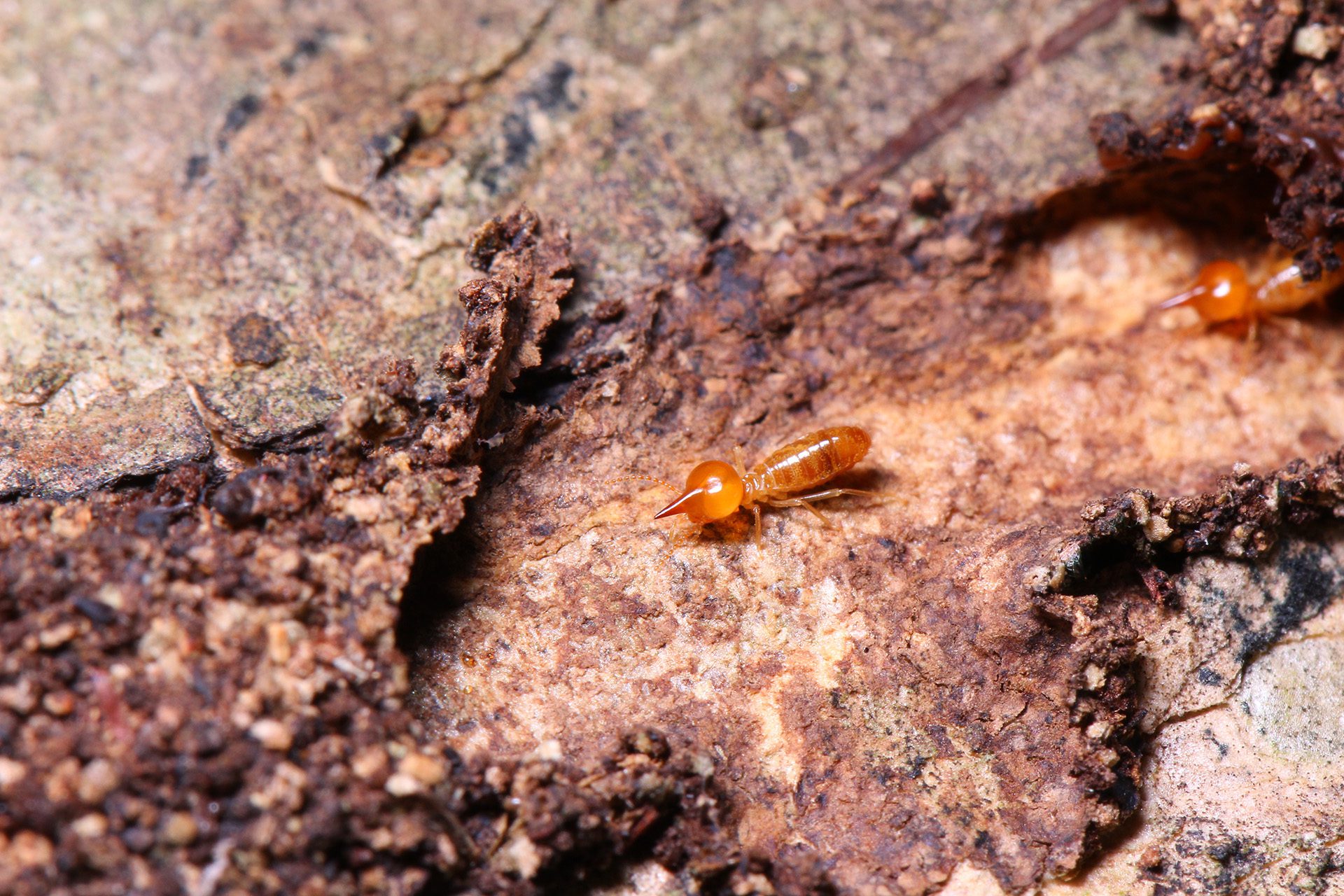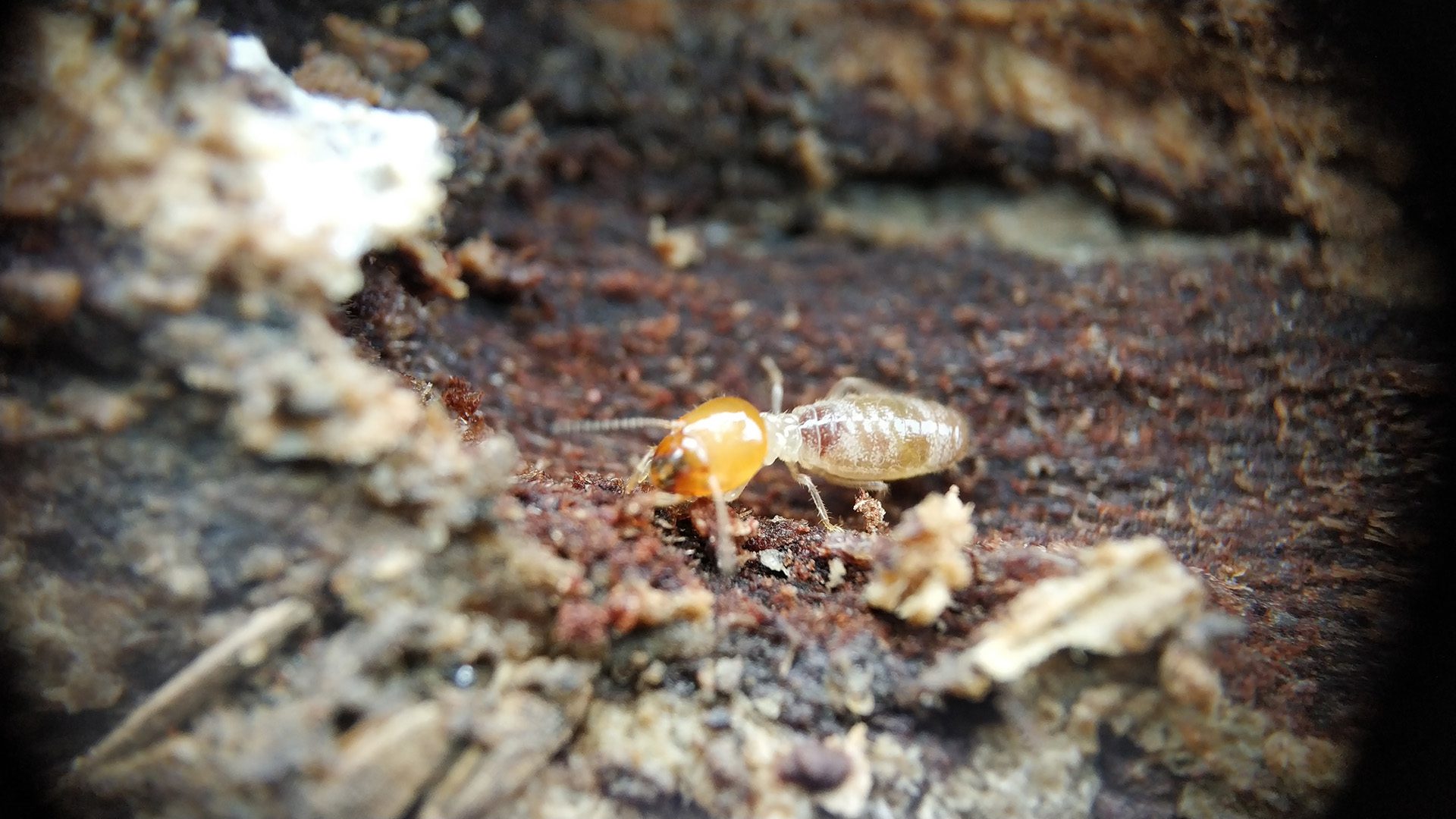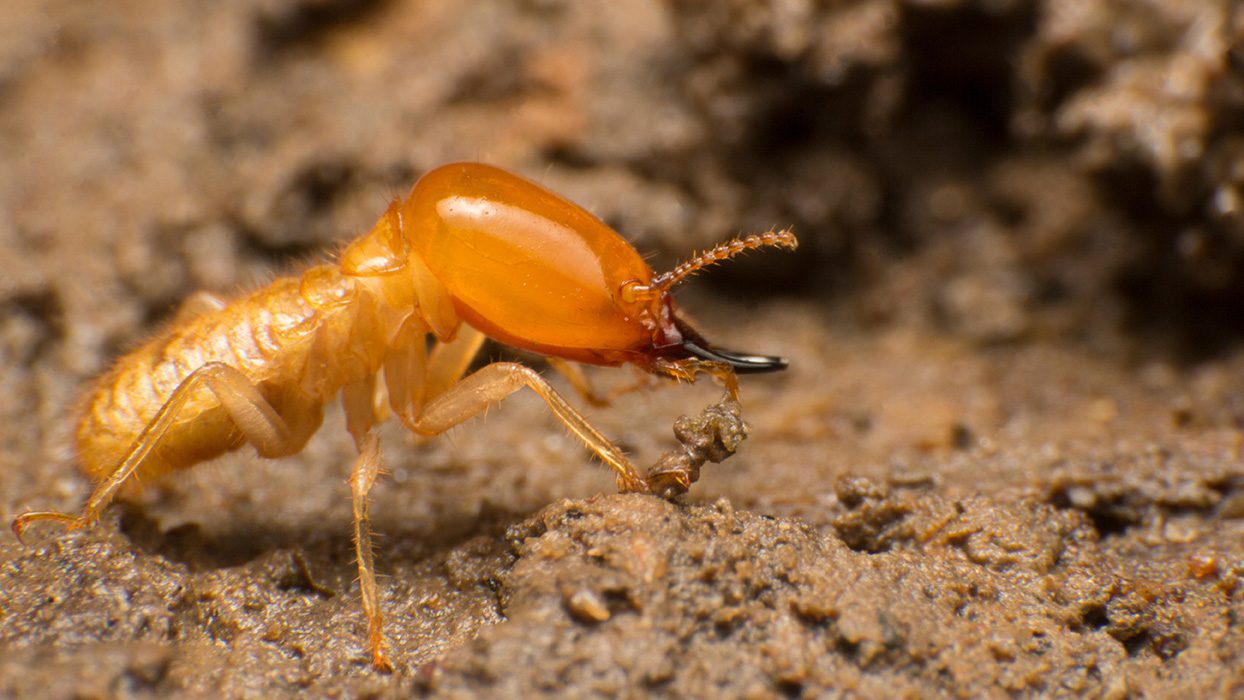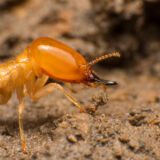Effective and Affordable Home Protection Plans for Year-Round Pest Protection
Your Termites Gone, Guaranteed!
Termites may go un-noticed in your home, but if they are there well find the, and get rid of them.
Termites in Canberra are destructive pests that pose a significant threat to homes and buildings. Feeding on cellulose materials, they can silently cause extensive damage. Left untreated, they can compromise the structural integrity of homes, leading to costly repairs. Homeowners need to remain vigilant. by conducting termite pest inspections.
Treatment Special Offer
Termites Commonly Found in the Canberra ACT Area
There are several termite species are commonly found in the Canberra ACT, the most prevalent among them are the subterranean termites, Termites are highly adaptable pests that thrive in the region's temperate climate and are known for their ability to build expansive underground colonies.
Termites feed on wood and cellulose-based materials, making homes and buildings vulnerable to their destructive habits. Given the potential damage these termites can inflict, residents and property owners in Canberra must remain proactive in termite inspections and implement preventive measures to safeguard their properties from termite damage before its too late.
As the name suggests, Dampwood Termites attack moist wood.

Colour
Dampwood termites have a large head with pincers on the front, they are cream-white to brown in colour.
Size
½ to ¾ inches, they are much larger than subterranean termites and look like winged ants.
Habitat
They are attracted to old wood decks, leaky roof eaves and substructures which have been ruined by plumbing leaks. They often nest in wood beneath the soil and are found in cool, humid areas along the coast.
Lifecycle
Dampwood colonies are usually small compared to other termite species, although in ideal conditions they can thrive. Since they require moist timber for survival, often removal of the damaged timber is all that is needed for treatment.
Drywood Termites are not as destructive as subterranean termites, except for the West Indian drywood termite, which can be extremely destructive. West Indian drywood termites are quite rare but must be reported and treated when found.

Colour
Worker termites are cream, soldiers and swarmers can be brown or black. They look very similar in appearance to subterranean termites.
Size
¼ - 1 inch long
Habitat
Drywood termites attack dry, undecayed wood, including structural timber in homes, utility poles and furniture. They tend to be most active in coastal, tropical, and sub-tropical areas.
Lifecycle
Drywood termites can tolerate dry conditions for long periods and can remain entirely above ground and do not build tunnels. A clue to their presence is piles of faecal pellets.
Subterranean Termites cause the most damage to homes in Canberra.

Colour
Soldiers have brown heads and workers are cream coloured.
Size
1/8 – 3/8th inch long. Larger reproductive termites are an inch long and look like winged ants.
Habitat
They live underground in colonies and build tunnels to reach food sources, feeding on wood and other cellulose materials. Subterranean termites need contact with soil to survive, which is why they build “mud tubes” to gain access to food sources.
Lifecycle
Subterranean termites can tunnel through concrete to get to food sources, which means they are capable of collapsing entire buildings. Their hard jaws contain saw-like teeth which bite small fragments of wood. It is recommended that homeowners have an inspection once a year to prevent subterranean termite.
We offer effective and affordable Home Protection pest control subscription plans for year-round pest protection.
With 3 levels of cover to choose from, there's a Home Protection Plan to suit every home and budget.
Terms and conditions apply.
Canberra Pest Control Termite treatments What's Involved?
If You Have Termites in Canberra, Do Not Disturb them. Here’s What We’ll Do For You…
- Our expert qualified technicians will conduct detailed termite inspection to identify existing infestations and potential risk areas.
- If we locate termite activity, we will employ targeted treatments to effectively eliminate termites, safeguarding your property from future infestations. WE have a range to treatments to suit your specific need.
- Preventive measures are essential to protect your home in the long term. We offer proactive strategies to prevent termites from returning. An Annual Termite inspection is crucial to ensure you stay head of any issues.
With our Canberra Pest Control termite comprehensive treatment, we treat all areas you are likely to have a Pest problem, not just where you see a Pest. This includes
- Roof Void
- Subfloor (if you have one)
- Inside your home
- Full Exterior
- Garage (inside and out)
- Carport
- Fences
- Outdoor furniture
- Pergola's and Decks
Yearly maintenance Treatments
As a rule, we recommend all homeowners book an annual termite pest inspection to ensure you keep termites at bay.
We will remind you in advance every year to let you know that your termite pest inspection is due. By inspecting your home every year, you’ll sleep easy knowing your most valuable asset – your home is protected.
Don't let termites compromise the integrity of your property. Contact Canberra Pest Control today for efficient and reliable termite pest control services. Our expert team is dedicated to providing you with a termite-free home and a pest-free peace of mind.
Termite FAQs
-
Can termites fly?
Yes, during swarming season termites leave their nests to procreate mid-air and then fall back to the ground.
-
When is termite swarming season?
Termite swarming season starts commonly in November and ends in February.
-
Do termites carry disease?
No, termites do not transmit diseases and are not known to be a health hazard to humans. However, those living in termite infested homes may suffer from allgeric reactions and asthma.
-
Do termites bite humans?
No, termites typically do not bite humans.
-
Where do you treat for pests?
This will depend on which pest is being treated. We focus our treatments on the places that pests live and breed even where you can’t see them. Depending on the type of pest, these areas can include roof voids, sub floors, full external treatments in & around the home, garages, sheds, pergolas, any structural areas, inside your home (skirtings, cornices, window & door frames). These internal treatments are kept well away from contact with you.
-
How Often Should pest control be done?
We recommend that you have a Termite pest inspection treatment every 6 to 12 months. This will ensure you avoid any potential damage. If you notice termites in your home, do not disturb them and contact the professionals to avoid further damage.
-
How do I tell which kind of cockroach is in my house?
Refer to our cockroach identification guide to find out which species of cockroach you have a problem with. The most commonly found species in Canberra are the German, Oriental and Australian cockroaches.
-
How can I tell if I have a Termite infestation?
Early signs of a termite infestation include mud tubes, discarded wings, wood damage, termite droppings, bubbling paint, sagging floors or ceiling., clicking noises, and swarms or winged insects. If you suspect a termite infestation, seek professional pest control for a thorough inspections and appropriate treatments.
-
In addition to pest control, what else can I do to deter cockroaches around the home?
There are many things you can do yourself to discourage a cockroach infestation around your home. These include simple habits like cleaning surfaces and removing rubbish. For more information, read how to prevent a cockroach infestation.
-
Is Termite pest control safe for children and pregnant woman?
Termite pest control is safe for children and pregnant woman when done by professionals.
-
Is pest control safe for my pets?
Yes, however we have some basic precautions you must take, including having them away at the treatment time and ensuring all food and water bowls are upturned or removed from treatment areas prior to treatment.
-
What happens if I have asthma or allergies?
Often you may simply need to stay out of the house for a little longer than usually needed. There are however, many different products and techniques we can use to control pests. If you or any member of your family suffers from asthma or is sensitive to chemicals, please let us know, or seek medical advice.
The Most Common Pests We Treat
10 pest special offer!
When treating for spiders, we also exterminate cockroaches, silverfish, earwigs, slaters, millipedes, clothes moths, pantry moths, paper wasps & mud wasps at no extra cost.










